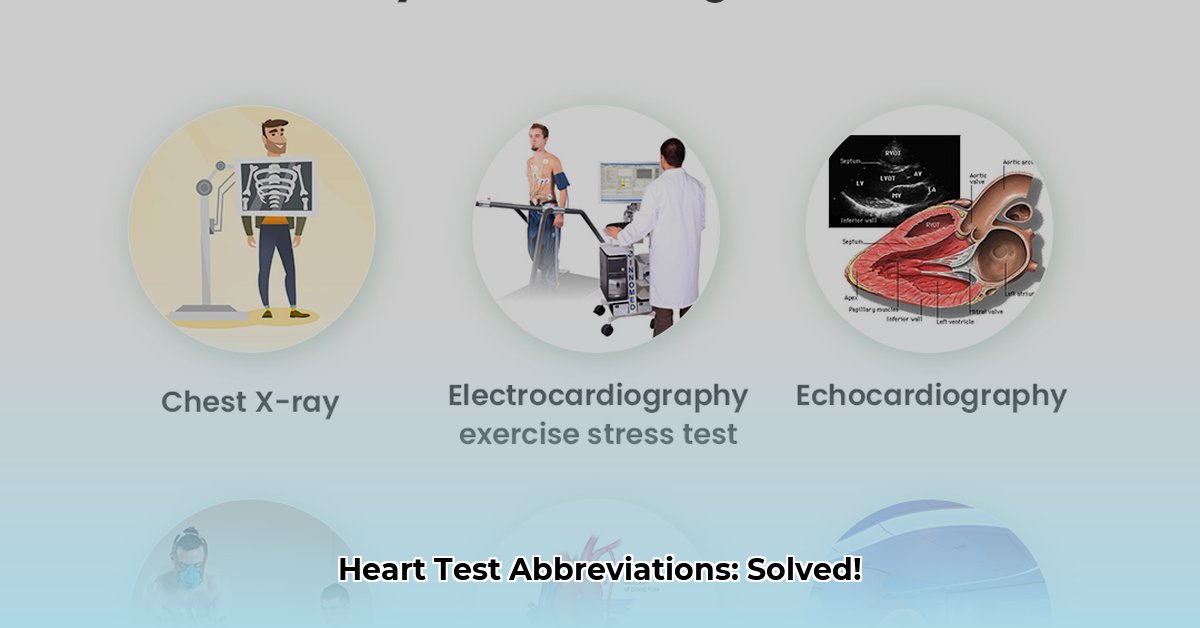Cracking the Code: “Heart Test Inits” Crossword Clues
Stuck on a crossword clue that says “heart test inits”? The answer is probably ECG (electrocardiogram) or EKG (its German-derived equivalent). Both are common abbreviations for the same procedure.
What is an ECG/EKG?
An electrocardiogram (ECG or EKG) is a non-invasive test that records the heart’s electrical activity. Small sensors called electrodes are placed on the chest and limbs. These electrodes detect the tiny electrical signals produced by the heart with each beat. These signals are then amplified and recorded on a graph, creating a visual representation of the heart’s rhythm. Doctors use this graph to identify a variety of potential heart conditions, such as arrhythmias (irregular heartbeats) or evidence of a previous heart attack.
Other Possible Answers (and Why They’re Less Likely)
While ECG and EKG are the most common solutions for “heart test inits,” other abbreviations might fit, depending on the clue’s wording.
- ECHO: This is short for echocardiogram, which uses ultrasound to create images of the heart. It’s less likely to be the answer unless the clue specifically mentions imaging or sound waves.
- ETT: This stands for Exercise Tolerance Test (also known as a stress test). It measures the heart’s response to physical exertion, so it’s a possibility if the clue refers to activity or exercise.
- MPI: Myocardial Perfusion Imaging assesses blood flow to the heart muscle. It’s a more specialized test than ECG/EKG or ECHO and thus less likely to be the general answer.
Here’s a quick reference table:
| Abbreviation | Full Name | What It Does |
|---|---|---|
| ECG/EKG | Electrocardiogram | Measures the heart’s electrical activity |
| ECHO | Echocardiogram | Creates images of the heart using ultrasound |
| ETT | Exercise Tolerance Test (Stress Test) | Measures the heart’s response to exercise |
| MPI | Myocardial Perfusion Imaging | Assesses blood flow to the heart muscle |
Decoding the ECG Readout
An ECG readout shows a series of waves representing different phases of the heartbeat. Here’s a simplified explanation:
- P wave: Represents the electrical activity that causes the atria (the heart’s upper chambers) to contract.
- QRS complex: Represents the electrical activity that causes the ventricles (the heart’s lower chambers) to contract.
- T wave: Represents the electrical activity as the ventricles recover and prepare for the next beat.
Doctors analyze these waves to identify any irregularities that may suggest underlying heart conditions. Current research continues to refine our understanding of ECG interpretation, exploring how factors like age and other health conditions might influence these patterns. Additionally, advancements in artificial intelligence may further enhance the accuracy and efficiency of ECG analysis in the future.
(Include a simple, clear image of an ECG readout with brief labels – P wave, QRS complex, T wave)
Why “Heart Test Inits” Appears in Crosswords
Medical abbreviations like ECG, EKG, and ECHO are common in crosswords because they are short, fitting neatly into grids. They also provide constructors with an opportunity to create more challenging clues, encouraging solvers to think beyond common words and explore technical terms.
It’s important to remember that medical knowledge is constantly evolving. While the information provided here is generally accepted, interpretations and diagnostic procedures may change with ongoing research.
Learn More
For further exploration of heart health and related tests, consult reputable sources like:
- American Heart Association
- National Heart, Lung, and Blood Institute
- Mayo Clinic Cardiology
This comprehensive guide provides crossword solvers with a quick reference, a better understanding of what these tests entail, and resources for further learning.
- How to Stop Apps From Running in the Background to Boost Your - December 1, 2025
- How To Move Apps On Your Droid For Better Organization - November 30, 2025
- How to Move Apps on Android for Better Organization - November 29, 2025










